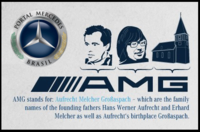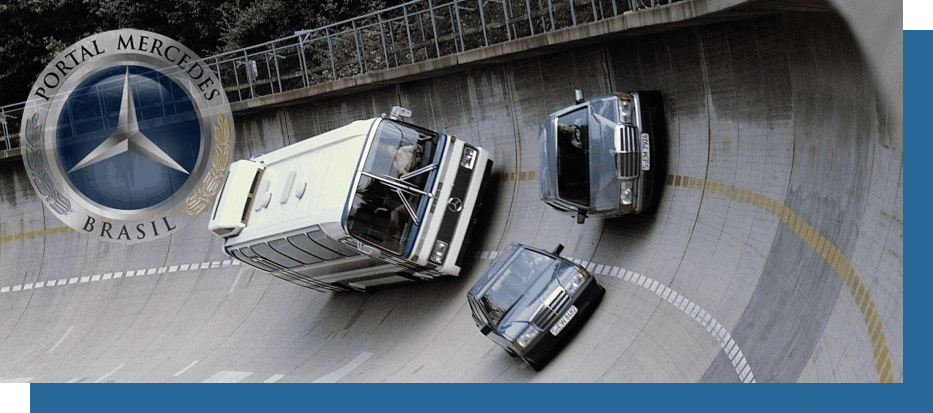(W180): Dados técnicos gerais do sistema de embreagem - 220S
4 participantes
Página 1 de 1
 (W180): Dados técnicos gerais do sistema de embreagem - 220S
(W180): Dados técnicos gerais do sistema de embreagem - 220S
Fonte: http://www.mbzponton.org/valueadded/maintenance/clutch/clutch_adjust.htm

Figure 1.Adjust the Clutch Linkage
Mercedes-Benz Ponton
Clutch Linkage Adjustment
Clutch Linkage Adjustment
Ray Ilich / June 11, 1998
Recently, I solved a clutch problem with my 1959 Mercedes-Benz Type 220S sedan. The clutch linkage should be similar on all Mercedes-Benz Ponton models, but please let me know of any variations you encounter.The problem my car had is called a DRAGGING CLUTCH. It began as unavoidable grinding of gears when I tried to shift into reverse gear. Then it developed into the clutch not disengaging the drive train, even with the pedal pressed all the way to the floor. The car was behaving difficult at stop signs, shifting gears with difficulty, and the final warning was when I almost ran into the workbench when pulling my car into the garage. The car would not stop its forward motion with the clutch pedal pressed hard to the floor!The above problem can also be diagnosed as too much clutch pedal free-play. Previous to my clutch work, I didn't understand what clutch pedal free-play was, and how it related to the operation of a clutch. In a nutshell, clutch pedal free-play is the distance the clutch pedal travels before the throw-out bearing touches the actuating "fingers", as in Figure 1, below.Job No. 29-3 in the Mercedes Service Manual Model 190 (SM-1207-000) calls for 25mm (about 1 inch) of clutch pedal free-play. My car (with the problem) had about 2 or 3 inches of clutch pedal free-play. Apparently with that much clutch pedal free-play, the remaining clutch pedal travel is insufficient to completely disengage the clutch facing and clutch disk from the flywheel.The opposite problem, no clutch pedal free-play, means that the throw-out bearing is always in contact with the "fingers." This condition will result in worn fingers and throw-out bearing. I suppose the fingers and throw-out bearing will heat up, and seize up.

Figure 1.
Editor's Notes, August 30, 2003Over time, normal wear on the mechanical clutches of the Mercedes-Benz Pontons will result in a reduction of clutch pedal "free play." Free play is the distance between the throw-out bearing and the actuating fingers on the pressure plate. As the clutch disc becomes thinner from normal usage, the actuating fingers on the pressure plate will pivot closer to the throw-out bearing as the opposite end of the actuating fingers pivot closer to the flywheel, thus reducing the pedal free play. When there is no free play left, the pedal will feel stiff as soon as you press down on it.For ClarityExcess pedal free play is not the result of normal wear on the clutch disk. It is not known why Ray Ilich's 220S clutch pedal had too much free play as he describes in this article. Perhaps, the clutch was replaced, and adjusted incorrectly, prior to his ownership.In the case of my 1957 Type 190 sedanIt was becoming more difficult to shift into reverse without grinding the gears. When I followed the adjustment process in this article, I was able to regain the required amount of clutch pedal free play, and shifting in all gears was smooth again. The other telltale symptoms did not change, however. The clutch was still making "chattering" and "shuddering" noises in first and second gears. According to the Glenn's Mercedes-Benz Repair and Tune-up Guide this can be due to various internal clutch problems. Some of those being: a warped disk, warped pressure plate, glazed linings, uneven clutch finger adjustments, oil or grease on clutch disk facings, etc. Other causes could be loose engine mounts or drive shaft supports or couplings (flex disk or "guibo" at front, or the U-joints at center and rear). I need to investigate more. I suspect that prior to my increasing pedal free play, the pedal was actuating the throw-out bearing and so the clutch disk and flywheel were not rotating at a 1:1 rate but instead, slipping against each other, which may have resulted in overheating and thus, warping the disk or pressure plate, or both.Update, September 17, 2003I discovered that on my 1957 Type 190, both the clutch disk and flywheel were extremely worn and the flywheel needed to be replaced. The flywheel was unusually expensive and had to be sent from Germany. There was not enough left on the old one to have it machined, and it had numerous hairline, and some larger, cracks. I also needed a new transmission mount, as the old one had disintegrated. The front motor mounts were still in good condition after replacing them 14 years (20,000 miles) earlier.The MoralKeep the clutch pedal free play adjusted within the specified tolerances, or risk wearing out the clutch prematurely.- Jeff Miller
Created: June 11, 1998
Last Revision: October 09, 2013
© www.mbzponton.org
Last Revision: October 09, 2013
© www.mbzponton.org
Return to the Ponton Workshop page
Última edição por AEP em Ter 12 Abr 2016, 17:40, editado 1 vez(es)

AEP- Usuário Platina

-
 Mensagens : 17010
Mensagens : 17010
Data de inscrição : 05/08/2012
Idade : 51
 Re: (W180): Dados técnicos gerais do sistema de embreagem - 220S
Re: (W180): Dados técnicos gerais do sistema de embreagem - 220S
Hermano AEP! Cuantas informaciones uteis!
Me dá ate vontade de comprar una Pontoncita!
Saudaciones!
Me dá ate vontade de comprar una Pontoncita!
Saudaciones!

Dr. Pimpolho- Usuário Bronze

-
 Mensagens : 176
Mensagens : 176
Data de inscrição : 05/08/2012
Idade : 104
 Re: (W180): Dados técnicos gerais do sistema de embreagem - 220S
Re: (W180): Dados técnicos gerais do sistema de embreagem - 220S
Jo creo que si, pero no mucho!
Hasta!
Hasta!

AEP- Usuário Platina

-
 Mensagens : 17010
Mensagens : 17010
Data de inscrição : 05/08/2012
Idade : 51
 Re: (W180): Dados técnicos gerais do sistema de embreagem - 220S
Re: (W180): Dados técnicos gerais do sistema de embreagem - 220S
Grande Paladini, obrigado pela contribuição.
_________________
Walter
Administrador
Equipe Portal Mercedes Brasil


walter paiva- Administrador

-
 Mensagens : 10201
Mensagens : 10201
Data de inscrição : 05/08/2012
 Tópicos semelhantes
Tópicos semelhantes» (W180): Dados técnicos gerais do eixo traseiro - 220
» (W180): Dados técnicos de troca do elemento do filtro de ar - 220S
» (W180): Dados técnicos de remoção e instalação da embreagem
» (W180): Dados técnicos do sistema de freio
» (W180): Dados técnicos de manutenção/substituição dos pedais de freio e embreagem
» (W180): Dados técnicos de troca do elemento do filtro de ar - 220S
» (W180): Dados técnicos de remoção e instalação da embreagem
» (W180): Dados técnicos do sistema de freio
» (W180): Dados técnicos de manutenção/substituição dos pedais de freio e embreagem
Página 1 de 1
Permissões neste sub-fórum
Não podes responder a tópicos










